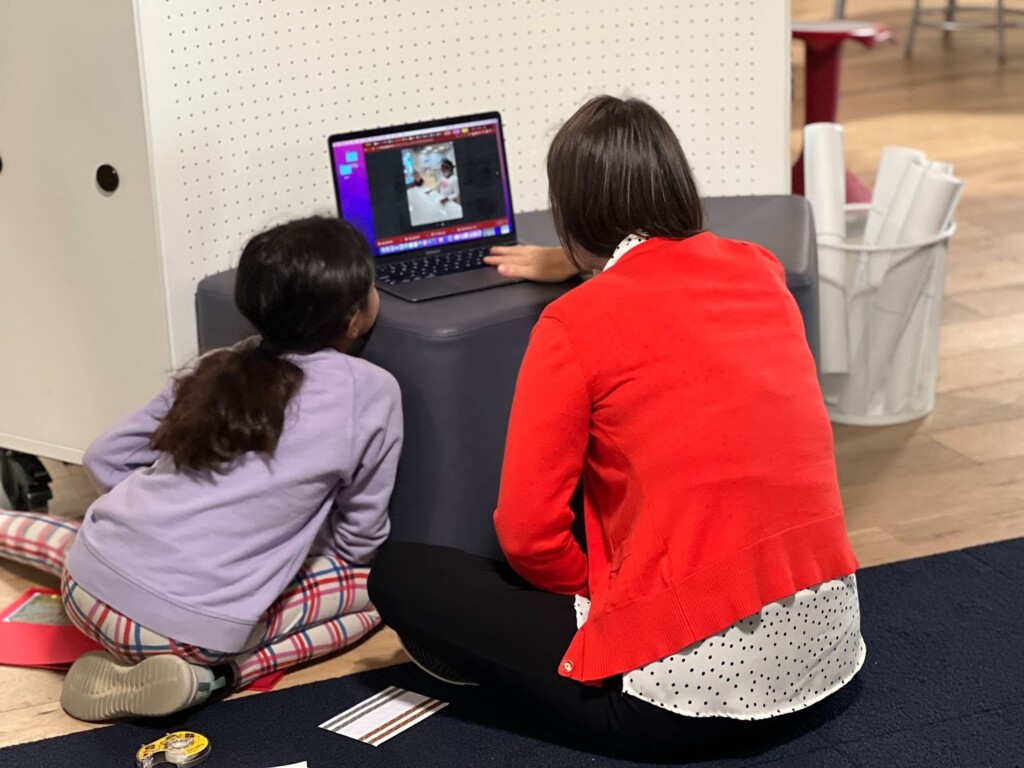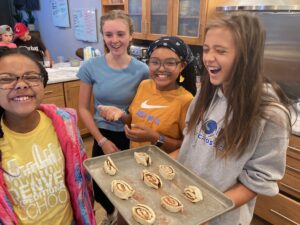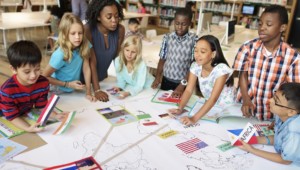Bridging the Gap Between School and the Real World Starts With Agency
Key Points
-
Red Bridge School is a novel educational institution nestled in the vibrant city of San Francisco.
-
Renowned for its innovative and student-centered approach to learning, Red Bridge School is prototyping new models of engagement and student advocacy.

For a complex future, we need nimble learning models that can respond to challenges in real time and rapidly personalize to serve a diverse student population.
Red Bridge School is a novel educational institution nestled in the vibrant city of San Francisco. Renowned for its innovative and student-centered approach to learning, Red Bridge School is prototyping new models of engagement and student advocacy. From its holistic teaching philosophy to its commitment to fostering responsible global citizens, the school offers a transformative educational experience that nurtures the minds, hearts, and spirits of its students.
This school prioritizes developing agency in all of its learners and embeds choice into every aspect of the learning environment. Students are given the space to explore and learn in spaces that mimic a modern office setting. Whether preparing for an outside learning experience, developing prompts for ChatGPT to co-create poetry or drafting individual learning goals, open spaces and personalized learning allow students to choose where and what they learn. We’ve highlighted a few of the key features that make Red Bridge a unique place to learn.
Autonomy Levels
Students are encouraged to self-advocate for themselves at bi-annual promotion periods throughout the year. These autonomy levels are largely separate from academic achievement and are a demonstration of mastery of work habits. The work habit domains that students are instructed in and evaluated on are Communication, Time Management, Goal Management, Resource Management, Focus, Initiative, Self-Knowledge and Collaboration.
Self-Directed Demonstrations of Learning
Rather than strict assessment timelines driving the learning, students are able to sign up when they are ready to demonstrate what they have learned. Students keep up with how they’re progressing toward academic and work habit goals through a badge/learning credit system. Each student has a binder that documents the badges/learning credits for the competencies that they have earned. This puts more agency and power in the hands of the young people to co-author their learning.
Learning Guides and Content Specialists
Rather than have teachers serve all roles, instead, Red Bridge has split the role into learning guides and content specialists. This two-pronged approach echoes the two tracks of autonomy and academics and allows the Red Bridge team to lean into their strengths while supporting the learners.
Nimble curriculum (chatGPT example)
While visiting, we saw a recent exercise that was crafted in response to the launch of ChatGPT. This was a one week sprint that kicked-off by questioning the differences between human and AI. Then, each student prompted ChatGPT to write a poem. After reading the generated poem, the student then edited the poem to “make it better” and had DALL-E generate a supplemental image.
Red Bridge also places emphasis on social and environmental responsibility. Students are encouraged to think beyond themselves and become active participants in shaping a more compassionate and sustainable world. Engaging in community service projects, environmental initiatives, and social justice discussions, students develop a deep understanding of the global issues facing humanity and cultivate a sense of empathy and responsibility towards others.
Microschools and Lab Schools
Small models enable us to pilot new ideas and new ways of being. The flexibility to move beyond traditional rules and regulations allow for enhanced innovation. Each model is unique and provides ways to see demonstrations of student agency, the benefits of personalization and the importance of community. When students are safe, supported and motivated, their social skills and emotional intelligence are strengthened.
For more information on microschools, including how to get started, check out our series page.







0 Comments
Leave a Comment
Your email address will not be published. All fields are required.